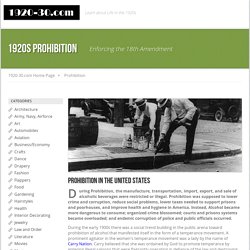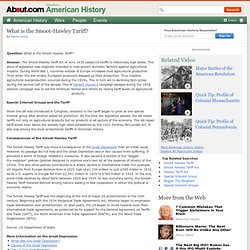

1920's Prohibition. During Prohibition, the manufacture, transportation, import, export, and sale of alcoholic beverages were restricted or illegal.

Prohibition was supposed to lower crime and corruption, reduce social problems, lower taxes needed to support prisons and poorhouses, and improve health and hygiene in America. Instead, Alcohol became more dangerous to consume; organized crime blossomed; courts and prisons systems became overloaded; and endemic corruption of police and public officials occurred. During the early 1900s there was a social trend building in the public arena toward prohibition of alcohol that manifested itself in the form of a temperance movement. A prominent agitator in the women's temperance movement was a lady by the name of Carry Nation. Carry believed that she was ordained by God to promote temperance by entering illegal saloons that were flagrantly operating in defiance of the law and destroying their bars and stock. Digital History. Temperance & Prohibition. Smoot-Hawley Tariff - What Is the Smoot-Hawley Tariff.
Question: What is the Smoot-Hawley Tariff?

Answer: The Smoot-Hawley Tariff Act of June 1930 raised US tariffs to historically high levels. This piece of legislation was originally intended to help protect domestic farmers against agricultural imports. During World War I, countries outside of Europe increased their agricultural production.